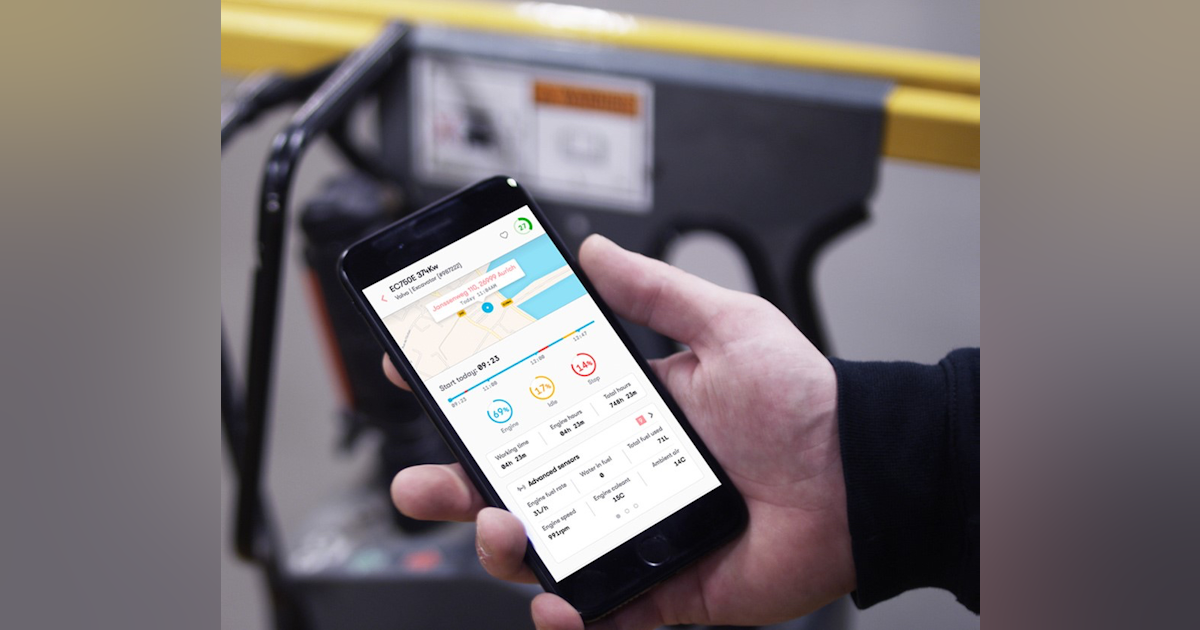
[ad_1]
Through Soeren Brogaard
Henry Ford II said: “Obsolescence is the very mark of progress”. It’s hard to believe that just over 20 years after its introduction, 3G is on the verge of being discontinued. Launched in the light of the dotcom boom to meet the demand for mobile internet, the technology led to the development of a new generation of smartphones as well as a turning point in communications when mobile subscriptions eclipsed telephone networks. fixed in 2002.
But we live in an era of innovation. Today, 3G has been replaced not one, but two. To say its presence is somewhat anachronistic is the kind of statement you’d expect to make about obscure technology that supports some vital legacy services or equipment. 4G is widely used; 5G offers the offer of a brave new world of emerging applications, high bandwidth, low latency digital communications, and most importantly, change – which is spinning the business plates.
Why is the extinction of 3G a challenge for construction?
A few years ago, I commented on a McKinsey blog that called out construction for its slow adoption of digitalization opportunities. But since then, and especially in light of the pandemic, the transformation of the industry has accelerated. For the record, and based on Trackunit’s conversations with OEMs, construction companies, contractors and rental equipment suppliers, there has been real progress in using technology to solve the problem. major challenge facing our industry and eliminating downtime.
But there is a “but†to all of this: Much of the technology used and delivering value today depends on data collected using 3G devices connected or integrated with construction machinery and equipment. Very soon, the network infrastructure that enables this communication will be reassigned to 5G or removed if it cannot be adapted to the demands of this brand new super-fast communications highway.
One of the main reasons operators have to decommission their 3G networks is to free up this segment of the wireless spectrum. When they deactivate the old technology (3G), their carrier license allows the carrier to use that airspace for new types of signals such as 4G and 5G. To move forward in the technology cycle and take advantage of the additional benefits available, new cellular technology must be introduced. The consequence is that 3G technology and associated devices are ejected as part of the upgrade process.
At the same time, the market is experiencing a global shortage of new machinery and equipment. This was caused by pervasive supply chain issues, from sourcing raw materials and manufacturing silicon chips to manufacturing subsystems, systems, and most importantly, finished products. Gaps in the supply chain, which can’t be fixed overnight, mean next-generation machines can’t just be lifted and dropped into the spaces left by redundant equipment.
Additionally, the bigger machines were designed for much longer life cycles, and owners or rental companies are very unlikely to want to replace them until their ROI is fully extracted.
What options are available for the further digitization of construction?
In short, retrofit. Modernization fits very well not only with the need to improve communications technology, but also with the desire to introduce more sustainable practices on the job site. Extending the useful life cycle of equipment is moving towards the circular economy, and circularity is an important principle of sustainability.
From the perspective of all stakeholders, modernization is much less capital intensive than replacements, less intrusive, and likely a much faster and greener route to ensuring continuous operations and continuous data flows than any other alternative.
The simplest process would be to replace 3G equipment-mounted aftermarket devices with 5G devices. In many cases, it will be a relatively straightforward process of removing the 3G device and connecting the new device depending on the sophistication of the data acquisition method. Additionally, industry standard connectivity should allow most vehicles and equipment to be upgraded to 5G capabilities relatively easily. OEM embedded systems may require a more advanced solution, although many OEMs are working with companies such as Trackunit to define the optimal method of continuous data connectivity, to ensure that their customers do not get stuck when 3G is turned off.
A four-step process to modernize preparedness
This extended machine life provides the platform to modernize the latest wireless monitoring devices using 5G networks to capture a greater range of machine-oriented customer data. Ensuring that all rental and construction organizations benefit from this opportunity, a clear process to undertake is a simple 4-step migration plan:
- Inventory survey – Understand the whole situation of the organization’s vehicles with end-of-life and newer machines to determine the exact migration requirements of the organization. For example, are you aiming for 4G LTE or full 5G capacity?
- Review and assess target devices with machines to be retrofitted. Device and platform selection is a critical choice in your organization’s next steps in using captured data to drive business value.
- Transition and timeline, replacement planning and staff training requirements. Speed ​​is essential and a planned transition will reduce unplanned incidents.
- Deployment of systems, make sure devices and technicians are in the right place at the right time. Confirm that connectivity availability, testing, authorization, and data capture meet agreed requirements.
This increase in machine operational information can then be used to improve understanding of the organization of machine use, operator behavior and sustainability metrics, as well as to provide the data that contributes to the change. process and more efficient planning and operations on site, in transit and in rental yards.
By working together, OEMs, construction companies and telematics service providers can scale their capabilities appropriately as new machines begin to be delivered and data volumes increase. This new era in construction data communications with digital analysis of critical asset data will help drive a range of process alignments, deliver more data, and positively impact revenue growth. .
Soeren Brogaard is CEO of Trackunit.
[ad_2]